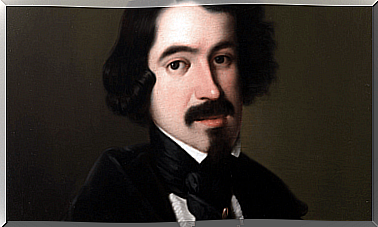Neuromarketing: Neuroscience In Commerce
Our personalities consist of many different things. Our memories and thoughts influence the decisions we make and shape how we are as people. This is why many businesses try to access the instinctive parts of our brains to get us to buy products. This is called neuromarketing, or is neuromarketing, and is the neuroscience in commerce.
When a large company wants to know if one of their products will be successful, they do a market research. They have to perform them to have an idea of how many people will possibly buy the product.
Of course, these studies always involve psychology or neuroscience. What makes you buy one thing or another? What role does your personal experience play in that decision? Are there stimuli that make us more receptive to advertising? How do we react to different forms of advertising?
Answering these questions and several others is the goal of neuromarketing. Many people have started studying the subject, such as Paul Zack, Tim Pethick and Néstor Braidot. We have based this article on their studies.
The scientists we just mentioned have all studied the unconscious side of marketing. Braidot is an expert in neuroscience, Pethick focuses more on the emotional side of marketing and finally Zack studies what happens in our brains during the decision making process.
All of these different interests fit within the subject of neuromarketing and our purchasing decisions. They have the same goal: to figure out what’s going on in our heads when we go and buy something. In this way, they can tailor advertising for a person’s personality, needs and emotional states.
Recent studies have shown that we make most decisions unconsciously. In other words, there are a lot of hidden factors in the process.
If we apply modern marketing , it is clear that our emotional side plays the biggest part in our shopping experience. It is not a rational process. That is why we have different views on several brands, even when they sell the same things.
Basically, the goal of neuromarketing is to analyze everything related to the shopping experience. Researchers use several questions and scenarios to find out how best to use stimuli to get us to buy things. Of course, they do so through advertising and strategies to attract and retain customers.
They want to learn how to influence our purchasing decisions. They do this by studying the cause and effect link between our behavior and state of mind. If you think about it, it makes perfect sense. The success of many companies depends on the decisions we make.
The largest companies spend a ton of money on experts and neuroscientists who analyze consumer interests for them. Understanding our decision-making process helps them create perfectly tailored marketing strategies.

The experts at Enválo Simple – a Spanish company – have listed these three basic rules in neuromarketing:
- A pleasant environment. Whether it’s online or in person, you want your customers to feel comfortable and not want to leave. The more inviting the environment, the more likely they are to return.
- Innovation. You can not use the same strategies over and over again, even if they worked in the past. As consumer trends develop, the market changes. Therefore, it is necessary to end your strategies as well.
- Stimulus: A good strategy must also include stimulation of the senses. It involves using sight, taste, hearing or even tactile or smell if possible. The goal is to create a positive feeling. In this way, the customer’s brain will link to their products or sales environment to positive memories.
There are already many marketing campaigns based on the understanding of our subconscious. Did you ever imagine that we would use neuroscience and psychology in that way? Although it may seem a little scary, it’s hard not to admit that it’s very fascinating.









